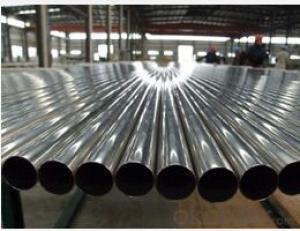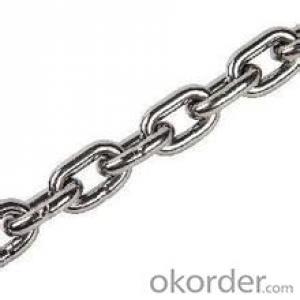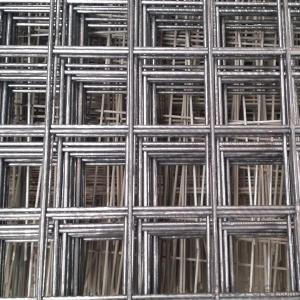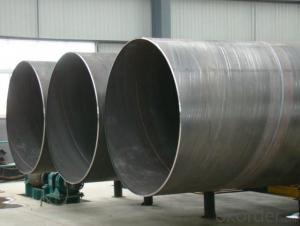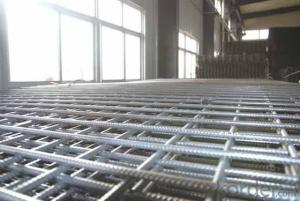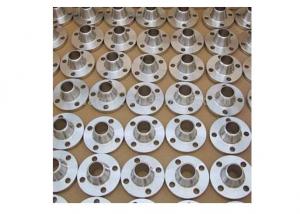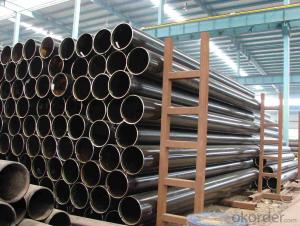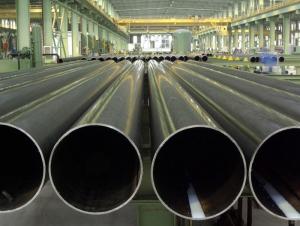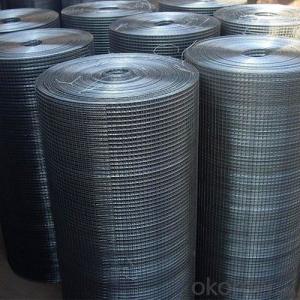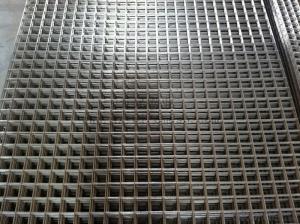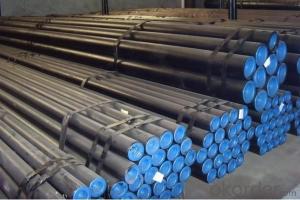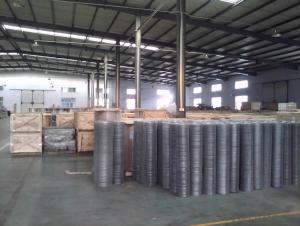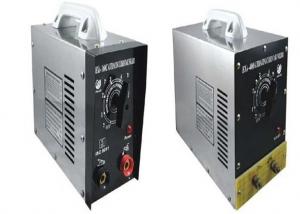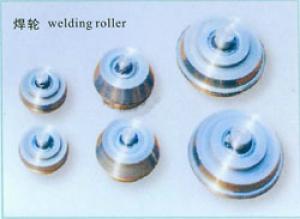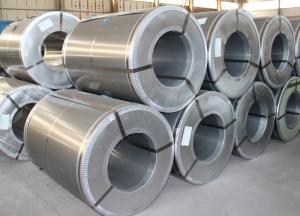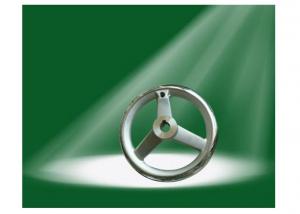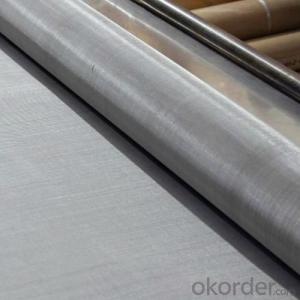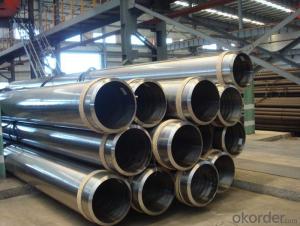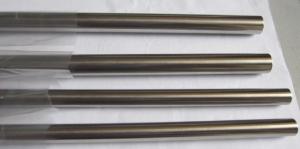Weld Stainless Steel
Weld Stainless Steel Related Searches
Stainless Steel Weld Welded Stainless Steel Stainless Steel Welder Stainless Steel Welders Stainless Steel Welds Weld Galvanized Steel Mig Weld Stainless Steel Welder For Stainless Steel Jb Weld Stainless Steel Tig Weld Stainless Steel Solder Stainless Steel Stainless Steel Wall Blender Stainless Steel Metal Stainless Steel Stainless Steel Stainless Bending Stainless Steel White Stainless Steel Seal Stainless Steel Stainless Steel Wool Sealant Stainless Steel Quilted Stainless Steel Stainless Steel Molding Colored Stainless Steel Hardened Stainless Steel Drill Stainless Steel Stainless Steel Wire Wheel Stainless Steel Hardware Stainless Steel Wires Material Stainless Steel Stainless Steel BeltWeld Stainless Steel Supplier & Manufacturer from China
Weld Stainless Steel encompasses a variety of products designed for joining and repairing stainless steel materials. These products include welding rods, wires, and fluxes, all specifically formulated to ensure a strong and corrosion-resistant bond. They are essential for industries such as construction, automotive, aerospace, and food processing, where the integrity and longevity of stainless steel components are critical.The application and usage scenarios for Weld Stainless Steel are vast, making it an indispensable material in various sectors. It is widely used in the fabrication and maintenance of pipelines, tanks, and pressure vessels, as well as in the manufacturing of kitchen appliances, automotive parts, and industrial equipment. Its ability to withstand high temperatures and corrosive environments makes it a preferred choice for applications where durability and resistance to wear are paramount.
Okorder.com stands out as a leading wholesale supplier of Weld Stainless Steel products, boasting a large inventory that caters to the diverse needs of its customers. With a commitment to quality and customer satisfaction, Okorder.com ensures that the Weld Stainless Steel products it offers meet the highest industry standards, making it a reliable source for businesses and professionals seeking to enhance their projects with robust and reliable stainless steel connections.
Hot Products
